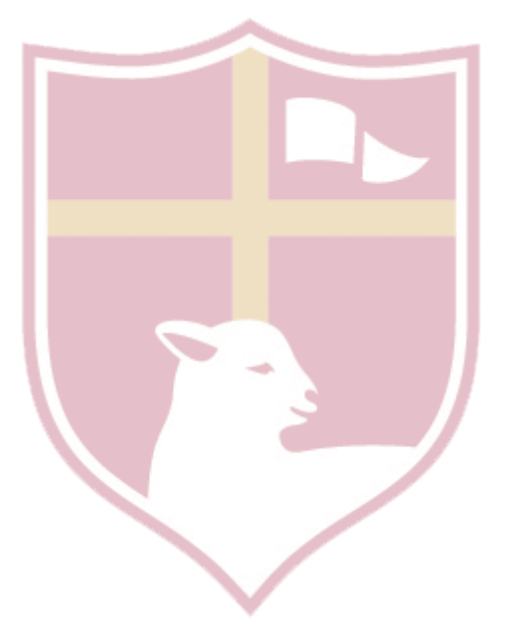
Geography

Genesis 1:1
Geographers explore and discover the world around them.
Organisation of Geography
In 2023, we began designing our Geography curriculum a little differently to allow all children the opportunity to achieve the attainment targets set out in the National Curriculum 2014. The fundamental principles underpinning the curriculum design are shown below:

Long term plans have been developed so subject coverage is planned sequentially and with a clear rationale for making connections with prior learning. This has ensured key concepts such as locational knowledge and environment sustainability are revisited and developed over time. Retrieving prior knowledge and building on it further improves our children’s ability to remember content over time. Their learning is now more refined, content reduced with a focus on essential knowledge (avoiding overloading working memory)
“I am remembering much more. Connecting new learning to old learning is good for me.”
Samuel, Year 4
Click here for the Annual Overview of Substantive Concepts in Geography
At Eltham, we now interleave subjects within the foundation subjects curricular. Their distribution within the timetable is made consciously allowing for the retrieval and transfer of knowledge within and across different disciplines. For example, learning about the Stone Age is enhanced through the contextual study of prehistoric art. Interleaving and spacing out subjects over time supports children to retrieve prior knowledge and apply that in different contexts. This strengthens neural pathways and allows more.
Example from Year 5

Geography Lessons
 At the start of each lesson, our children are presented with a big question. E.g. What affects the water cycle? We then explore that question in depth. Look out on class email for the big questions that we will be asking your child/children throughout each unit.
At the start of each lesson, our children are presented with a big question. E.g. What affects the water cycle? We then explore that question in depth. Look out on class email for the big questions that we will be asking your child/children throughout each unit.
During a unit of study, children are supported to decode, define, apply, link and analyse unfamiliar words to help develop their language acquisition. The quality of parent-child interactions therefore is one of the biggest factors influencing vocabulary, so keep those rich discussions going at home.
If you would like a list of key vocabulary (an example is below) for you to discuss and revise at home, please ask your child’s class teacher and they’d be happy to share it with you.
Vocabulary can be usefully divided into 3 tiers:
Tier 1 – high frequency in spoken language (table, slowly, write, horrible)
Tier 2 – high frequency in written texts (gregarious, beneficial, required, maintain)
Tier 3 – subject specific, academic language (osmosis, trigonometry, onomatopoeia).
“I love the vocabulary part of the lesson. I find remembering the meaning of new words hard so this really helps me.”
Amirla Year 6
Example from Year 3



Knowledge notes are present in children’s book at the beginning of a unit. Essential knowledge and vocabulary is communicated and kept in one place to avoid overloading children. Important vocabulary, such as Tier 3 language, is highlighted. These can be referred to at all times and are often dual coded to promote inclusivity and motivation
 Cumulative quizzing is used throughout the unit of work by children and teachers to assess what has been remembered. Each lesson begins with a question that covers content previously taught. The lesson then ends with a new question which requires children to apply what they have just learnt in that lesson. By returning, connecting and adding content it supports our children when recalling key facts, embedding them in their long-term memory.
Cumulative quizzing is used throughout the unit of work by children and teachers to assess what has been remembered. Each lesson begins with a question that covers content previously taught. The lesson then ends with a new question which requires children to apply what they have just learnt in that lesson. By returning, connecting and adding content it supports our children when recalling key facts, embedding them in their long-term memory.
“I look forward to the quiz questions. I enjoy knowing I’m learning a lot”
Max, Year 5
Enrichment
At our school, geography enrichment activities play a key role in bringing learning to life and deepening pupils' understanding of the world around them.
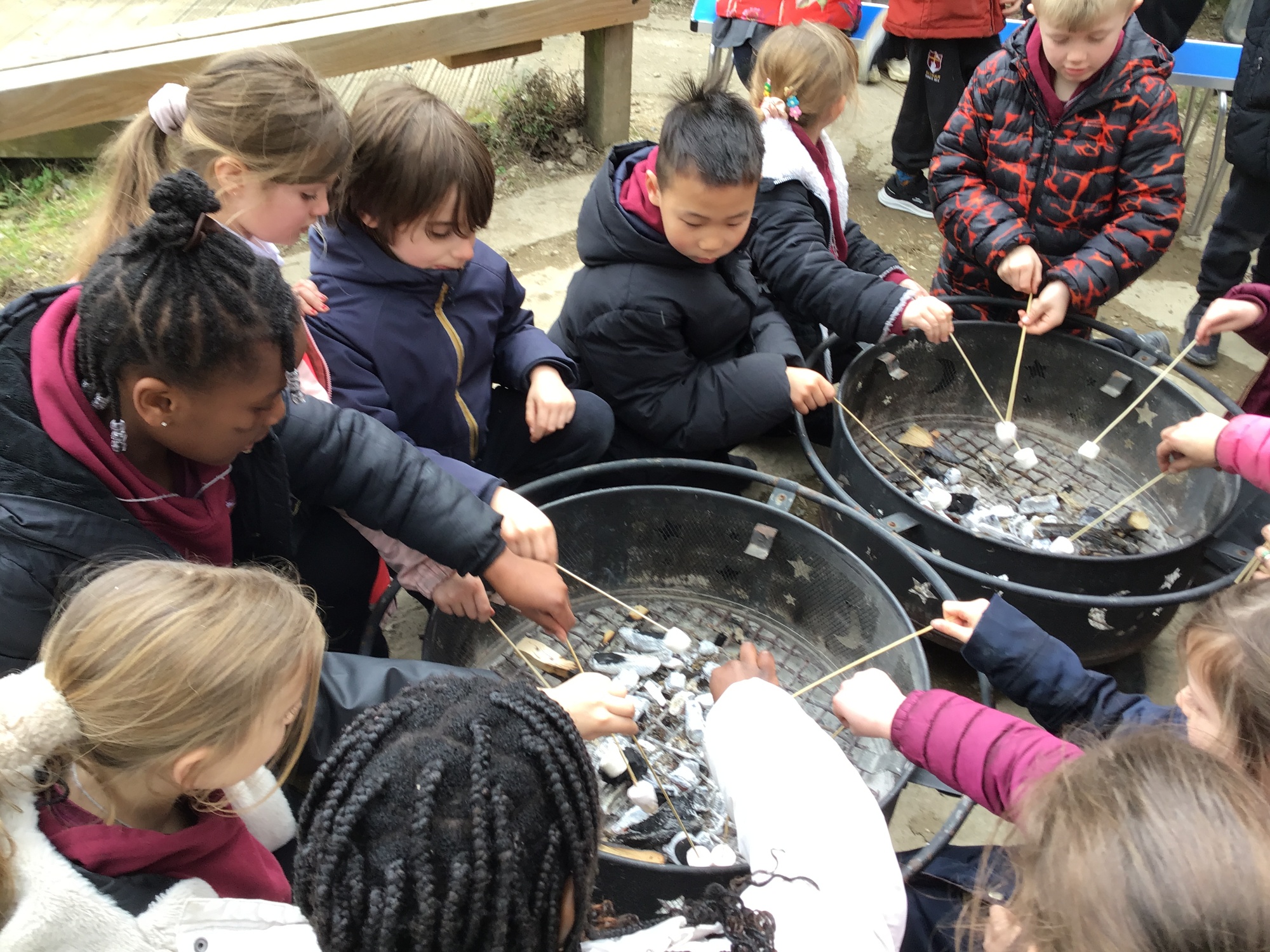
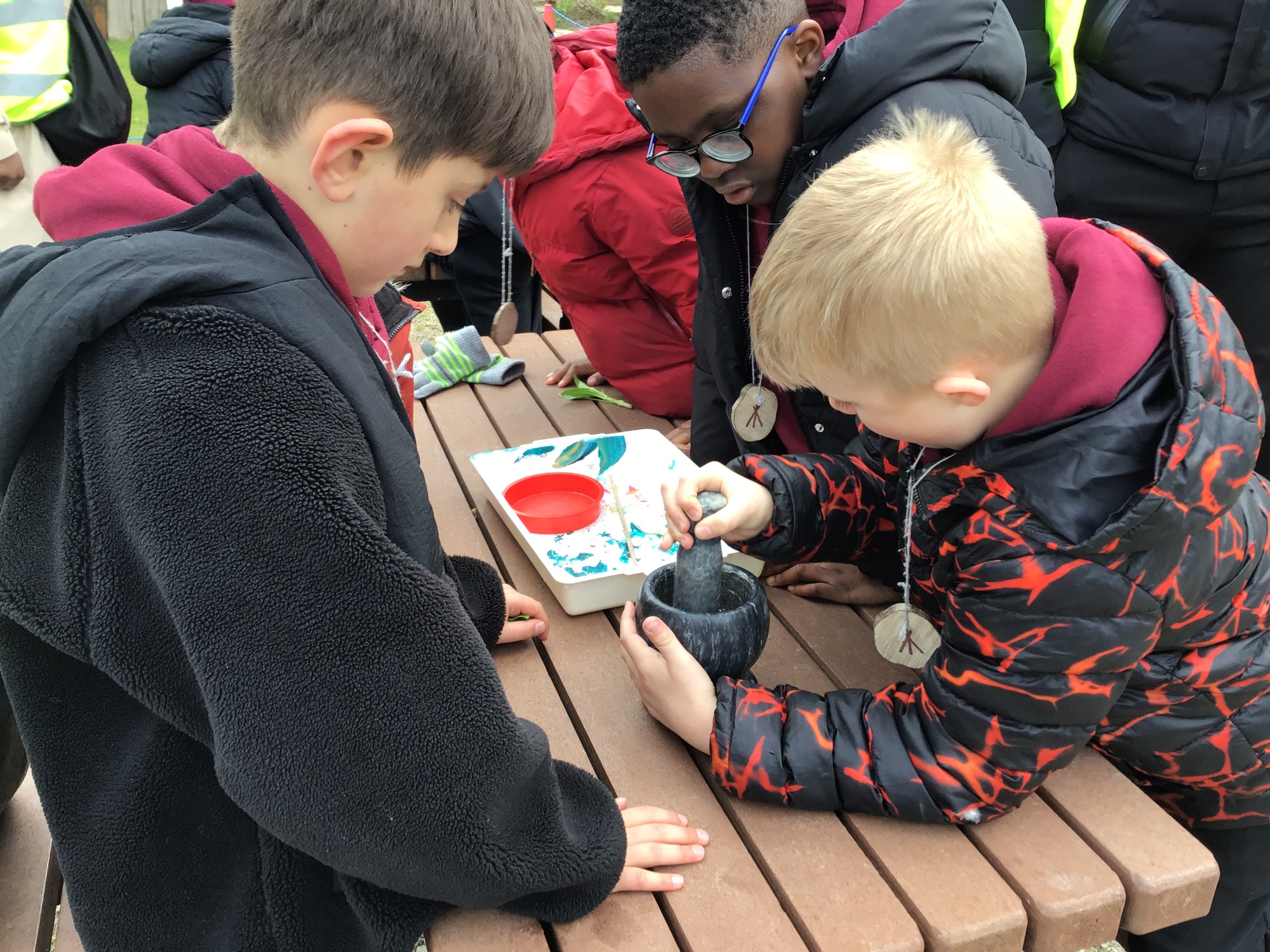
Across the school, pupils take part in trips and local fieldwork to develop key geographical skills such as observation, data collection, and analysis. Visits to places like the Creekside Discovery Centre in Deptford allow pupils to explore natural environments, study physical features like rivers, and consider the impact of human activity.
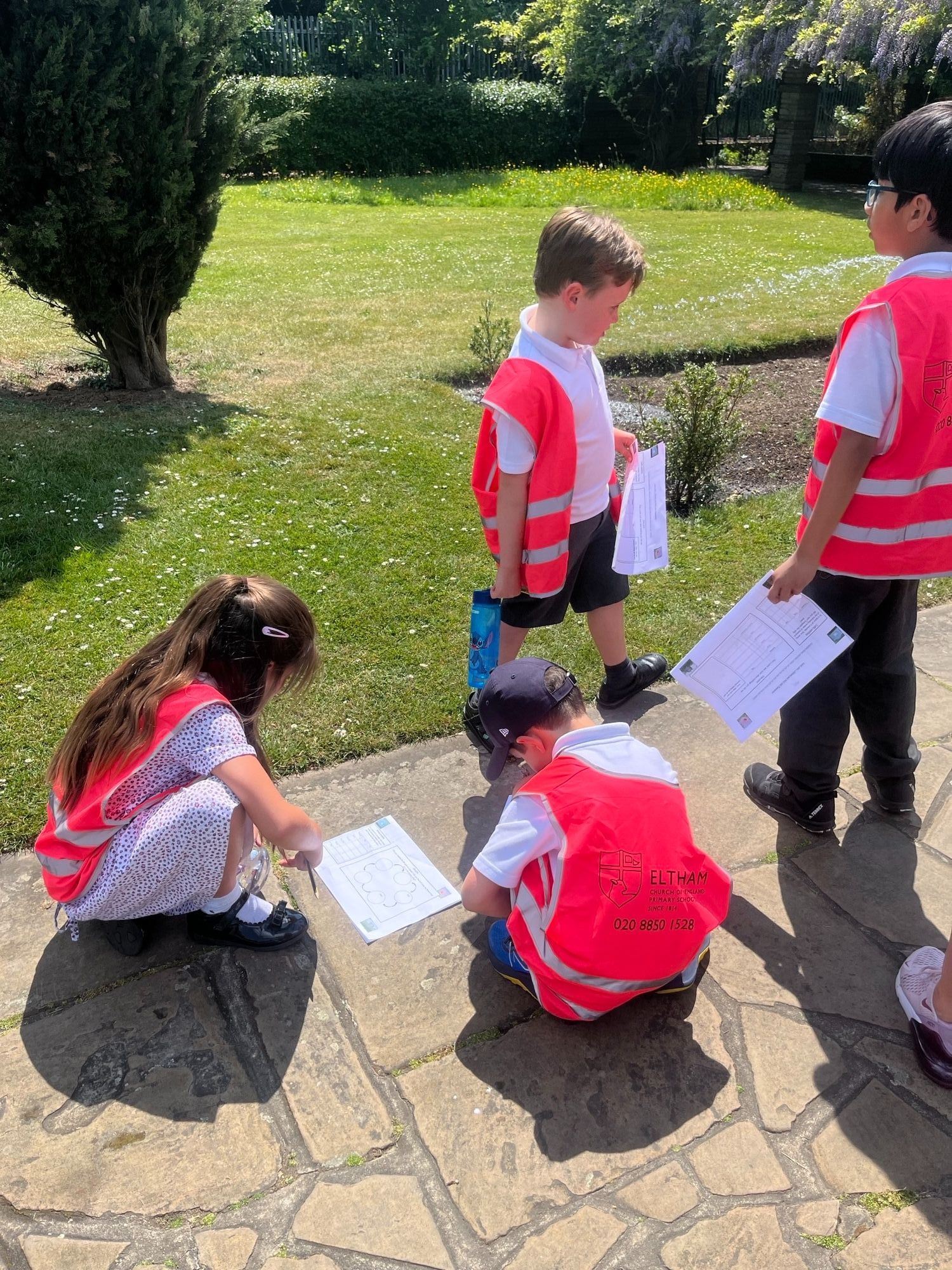
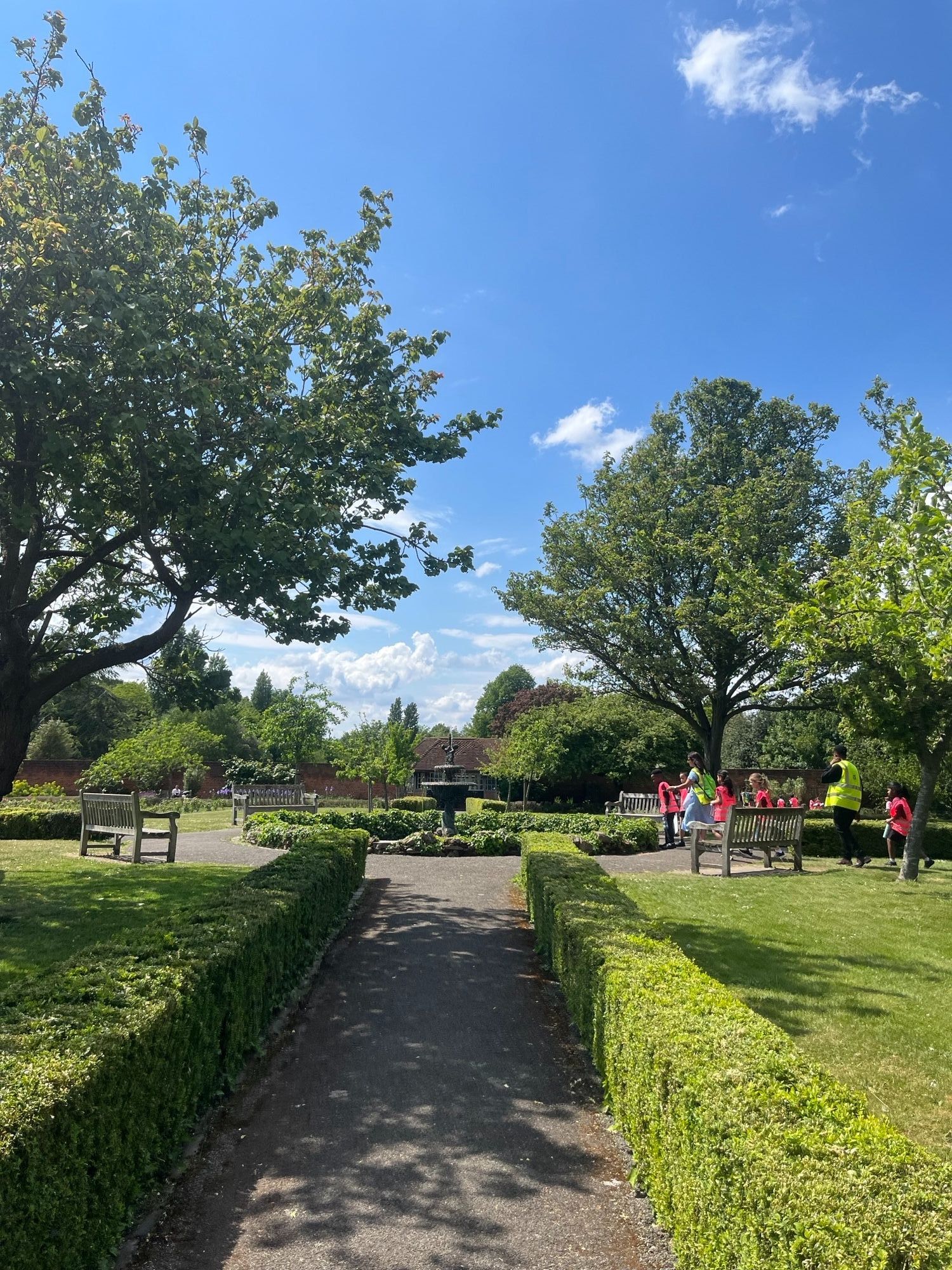
We also make use of our local area to support learning across year groups, providing pupils with valuable opportunities to explore human geography in a familiar context. In Year 2, when learning about human and physical geography in our local area, we take a trip to Well Hall Pleasaunce, where we explore key geographical features first-hand. During the visit, pupils identify examples of both human geography, such as footpaths, buildings, traffic, and shops, and physical geography, including green spaces, trees, and the river. They observe how people use the area and consider how the environment has been shaped by human activity.
